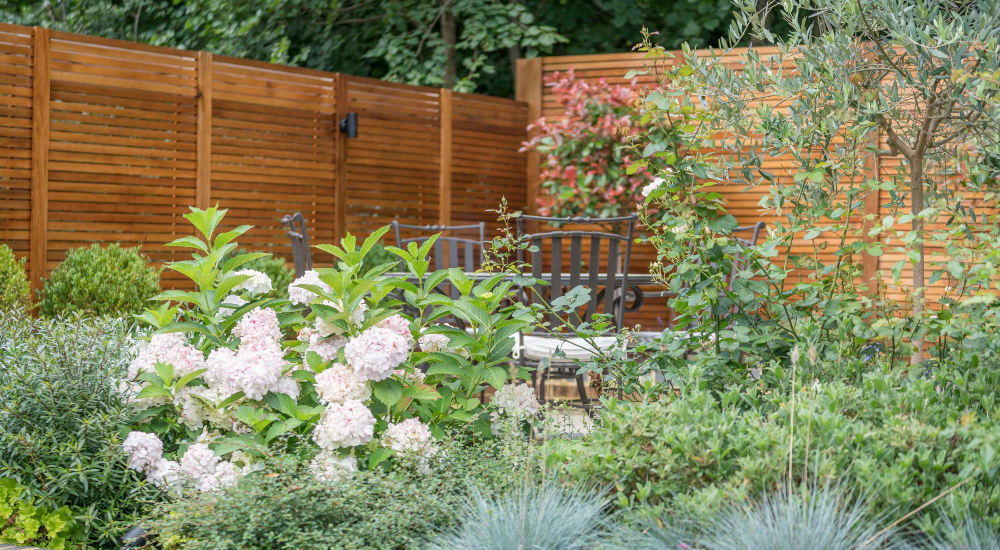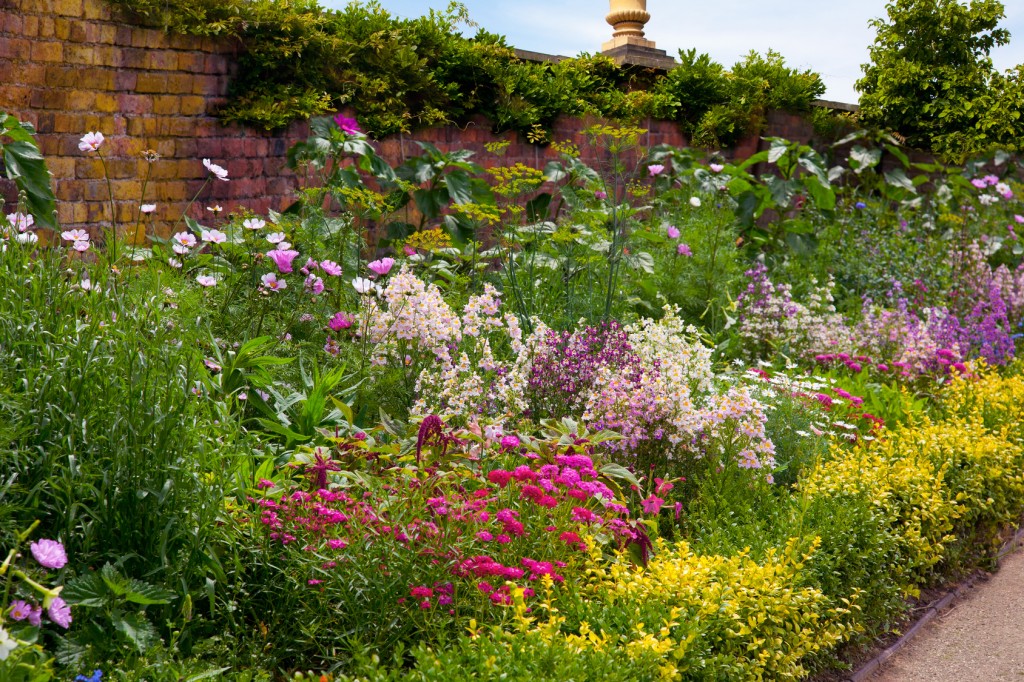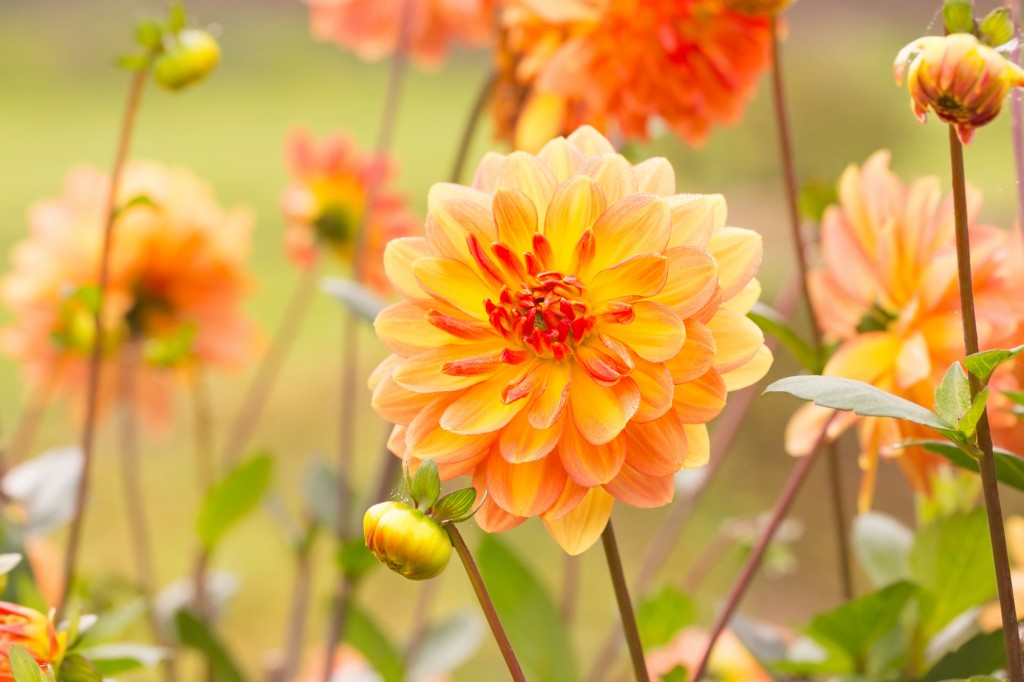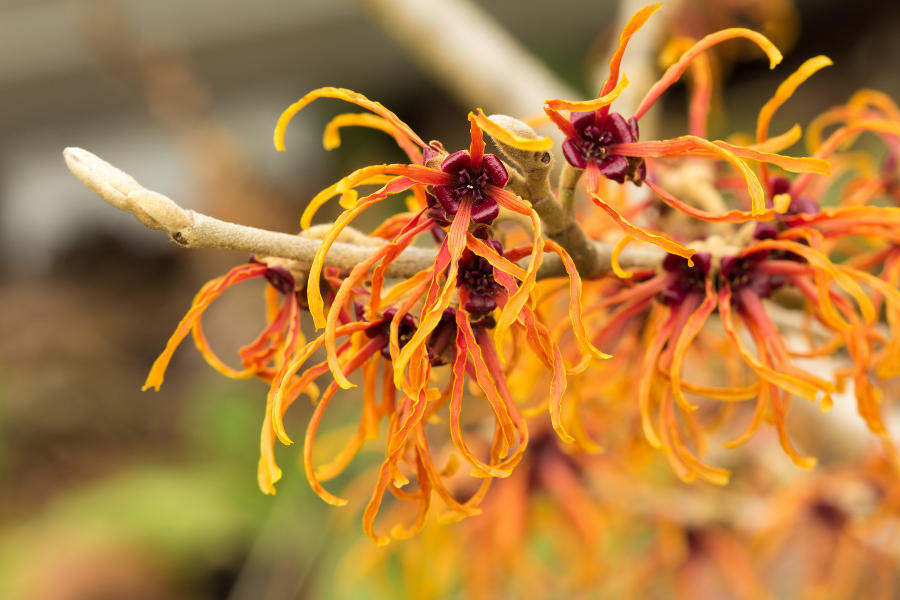We all know gardens look their best in the summer. But what if you could get your garden to deliver spectacular displays all year round? The good news is you can. All it takes is a little bit of planning before you start planting so that you choose plants that will deliver the best display at certain times of the year.
With spring just around the corner, there’s no better time to start. So here’s our guide to what to plant to create year round interest in your garden.
Plants For Spring Interest
With the temperatures slowly starting to creep up, this is when overwintering gardeners start venturing out, and with good reason. Days are warmer and longer inducing the showy displays of spring. Bulbs such as daffodils, tulips, hyacinths, iris and eventually alliums create pops of colour throughout borders or in pots.
From March, magnolia trees produce their magnificent shows and Acers give their first flush of colour with fresh spring leaves, while lilac trees produce delicate scented flowers in late spring. Shrubs like camellias, azaleas, and rhododendrons give an almost eye watering display with colours ranging from whites and creams through to vibrant pinks, reds and purples.
Not to be left out, fruit trees are blossoming with the promise of a harvest yet to come. Crab apples and cherry trees are some of the best for blooms at this time of year.
For planting inspiration, a spring walk around the Valley Gardens in Windsor Great Park will leave you full of ideas for your own garden.
Plants For Summer Interest
When we reach summer gardens truly are in full flight – awash with colour, scents and sounds of wildlife as bees and butterflies are attracted to blooming displays. This is when perennials come into their own and you’re really spoilt for choice. Geraniums, salvias, penstemon, kniphofia, papaver, phlox, rudbeckia, helenium, coreopsis. peonies, delphiniums – the list is almost endless.
When choosing perennials look for complimentary colours, make sure the plant you choose is right for where you want to plant it, and has enough space to fill out and do its thing. If you can, try and plant the same perennial in uneven groups (e.g. 3 or 5 rather than 2 or 4). This helps to create more natural looking drifts of plants through the border. Also think about where you’re placing your plant. Remember to put your tall perennials towards the back of the border, working through mid-height to shorter plants at the front.
Intersperse your perennials with shrubs such as roses, fuchsia, philadelphus, hydrangea, buddleia and lavatera, all of which are wonderful at this time of year. As well as grasses for texture, and foliage plants such as banana plants, to provide structure and visual impact.
If after planting all of these you still have gaps, then adding a few annuals into the mix is a great way to experiment with new flowers and find a few new favourites. Just remember to keep dead heading, watering, and feeding to keep the display looking fresh and producing new flowers as long as possible.
Plants For Autumn Interest
Flowers planted in summer are likely to still be going strong still into early autumn. Dahlias put on a long show, as do hydrangeas. Now is the time to keep dead heading and feeding flowers to keep displays lasting. It’s also a time of harvest, when fruit trees have boughs laden with this year’s bounty providing even more interest in the garden.
Shrubs such as abelia grandiflora, a bushy semi-evergreen shrub, is full of scented white flowers which provide a welcome food source for bees. While the ceratostigmas, with its unusual blue flowers and plum-coloured leaves pairs well with autumn flowering asters.
But perhaps autumn is the time of year that is known for its amazing displays of tree colour as lush greens turn to burnt yellows, oranges and reds. The following are among some of the best trees for making a big impact in small gardens:
- Beech trees whose orangey leaves turn a beautiful warm russet in autumn.
- Sweet gum (Liquidambar) is considered one of the best small trees for autumn colour.
- Japanese maples make a real impact as their leaves turn glorious shades of yellow, orange and red.
- With wonderful peeling bark, it’s not just the leaves of the Acer griseum tree which catch the eye.
- The long oval leaves of Nyssa sinesis turn a brilliant red, orange and yellow in autumn.
- The unusual leaves of the ancient Gingo bilboa tree turn a gorgeous golden yellow.
- Sorbus commixta is a rowan whose pinnate leaves fade to deep red and orange, complimented by large clusters of red berries.
- The Nyssa sylvatica tree has beech-like, oval leaves whose purple-red leaves in autumn are set off beautifully by its dark grey bark.
- Amelanchier lamarckii not only gives a show of April blossom but is renowned for its equally gorgeous autumn leaf colour.
Plants For Winter Interest
As the colours of autumn fade and we head into December, we may think that winter is when the garden is asleep. That’s true, but there are many plants that are at their best at this time of year. Ornamental trees with stunning bark colours and textures such as silver birch, Tibetan cherry and the paperbark maple bring visual interest.
While shrubs with colourful stems stand out in gloomy days. Cornus (dogwood) is a firm favourite for adding bright sparks of yellows through to pinks, oranges and deep dark red throughout the garden. Under plant with winter flowers such as hellebores, snowdrops, crocus, cyclamen and aconites for even greater effect.
Something not to forget is to use plants for an unexpected blast of scent on a winter breeze. Hamamelis (witch hazel), daphne, mahonia japonica, sarcococca (Christmas box) or lonicera fragrantissima (sweetest honeysuckle) all produce amazing subtle scents that will have you following your nose through your garden during winter months.
Evergreens such as holly, yew, box are another useful addition to a winter garden, providing structure, form and a green backdrop against which other colours can pop.
We hope our guide to achieving a planting scheme for year round interest has inspired you to wrap up and get out in the garden to start planting. But if you’d like help with achieving the perfect planting scheme, or creating a landscape in which to plant, please drop our garden experts a line. Call Thames Valley Landscapes on 01628 629720 or email ask@tvlandscapes.co.uk.






